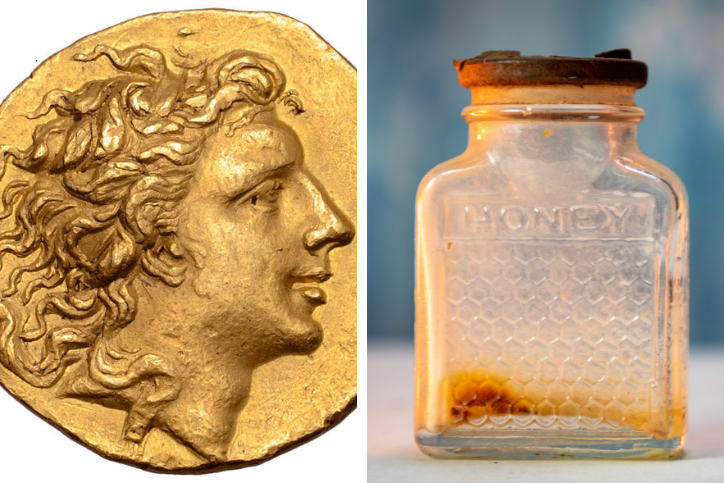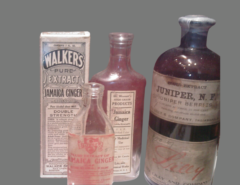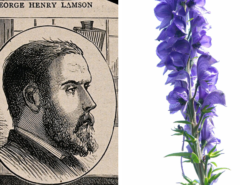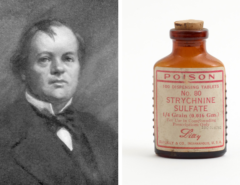A Poisoning During the Third Mithridatic War
It’s about 67 BC and the late Roman Republic is at war. Led by Pompey, they are looking to gain a final victory over Pontus and its king, Mithridates Eupator VI.
It would be a bitter war that King Mithridates would ultimately lose, however not without dealing the Roman Empire a few interesting and brutal blows – including poisoning three maniples (a subdivision of Roman soldiers) passing through the Caucasus mountains.
Who was King Mithridates?
King Mithridates is a well-known figure to historians of toxicology, the study of poisons. He was famous in his time for his intelligence, his recruitment of many famous philosophers, physicians, and scientists, and his fascination with poisons. He had a large library of toxin related essays and was said to use poisons on both his family members and rivals! He was known to have attempted to shield himself from poisoning by slowly taking small doses of a variety of poisons – a process now known as mithridatizing, which is no longer recommended.
How were the Romans Poisoned?
The Heptacomitae people were supporters of King Mithridates who lived within the Caucasus mountains. They placed bowls of honey along the Romans’ path, so the Romans drank from them. Once they became sick, it was easy for the Heptacomitae people to defeat them. The honey they used was known as crazing honey, bitter honey (because of its burning taste), or mad honey.
It is not clear if the king directly ordered the people to poison the Roman soldiers. However, it certainly would have been within his character, and he would have been aware of the dangers of mad honey due to his toxicology knowledge.
What is Honey versus Mad Honey?
Honey, a common food in most homes today, is not always a sweet treat — sometimes it can be toxic! The American Academy of Pediatrics (AAP) does not recommend honey be given to babies younger than 12 months. Giving honey to babies can cause botulism, a rare and serious illness caused by a toxin that attacks the body’s nerves.
Honey is a sweet tasting, sticky fluid made by honeybees. Bees pull nectar from a flower and store it in their stomach. When they return to their hive, they pass this nectar to other bees within the hive. It will be passed multiple times to multiple bees, then stored in a beeswax honeycomb. During storage in the comb, the breeze generated by the wings of the bees will cause evaporation of the water within the mixture, thickening the honey and making it sticky.
Mad honey is different from other honeys due to the nature of the flower nectars it is made from. The flower nectars that the bees use to make mad honey contain grayanotoxins. These toxins are found in flowers from the plant family Ericaceae, including rhododendrons, which can be found in Maryland and across the United States.
What is Mad Honey Poisoning?
The poisoning is caused by grayanotoxins that are found in the mad honey. The toxins are compounds that can affect the cells in the human body, including the heart, muscles, and brain.
Symptoms of mad honey poisoning include:
- effects on the heart
- nausea
- vomiting
- dizziness
- burning or prickling sensations in the body
- hallucinations
- muscle weakness
The heart rate and blood pressure can drop, and there can be issues with heart rhythm as well. People may also become confused, unsteady on their feet, faint, or even seize.
Does Mad Honey Poisoning Happen Today?
Yes, even today, people are poisoned by mad honey. It is still readily available overseas and is a common poisoning in other countries. Mad honey comes primarily from Turkey and sometimes Nepal. This is because the honey produced in these areas is from bees that only have access to a limited selection of flowers.
The honey becomes poisonous when the valley the bees gather in has flowers that produce grayanotoxins. The toxicity of the honey may vary from batch to batch depending on where a hive is from. Occasionally other countries such as China, Japan, South Korea will have cases of mad honey poisoning.
How is Mad Honey Poisoning Treated Today?
If a patient presents to a hospital with symptoms of mad honey poisoning, they may be given medicines to stop vomiting, along with fluids through an IV (tube placed inside a vein to give medicine or fluids) and a drug called atropine to increase the heart rate. Sometimes patients may need other more aggressive treatments, including medicines to increase blood pressure or inserting a pacemaker (device that sends electrical pulses to help the heart beat at a normal rate). Mad honey poisoning rarely causes death thanks to today’s modern medicine.
How Can We Avoid Mad Honey Poisoning?
The main thing to do to avoid mad honey poisoning is know where your honey comes from. Buy honey from reputable, safe sources. If it’s a locally produced honey, you may be able to speak with the beekeeper about the flowers the hive is exposed to. Avoid buying honey from unknown sources or overseas.
If you feel you have been exposed to mad honey and need assistance, call your local poison center at 1-800-2221222. We can help determine the best course of action based on your symptoms.
Amber Ferrell, PharmD
Certified Specialist in Poison Information





Leave a Reply